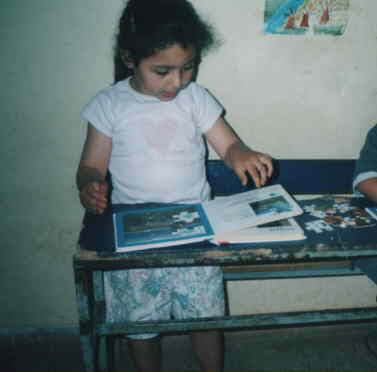







Nawras Al Amal Preschool
Khemisset
Morocco
N.A.A.Preschool was founded by Miss H.j. in 1996 in khemisset Morocco.Five teachers work in there now.It has around 60 children.It is a preschool, kindergarden and After school to help after school children with their homework.In the weekends, we offer language classes for high school students basically French and English.
Here are some pictures showing different Activities held in the preschool and videos in the year 2007.





























